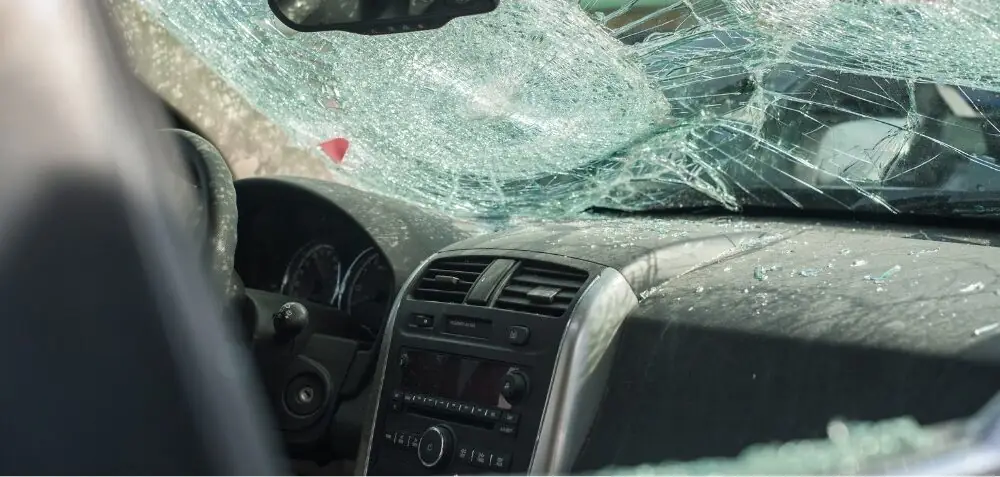
The speed limit in downtown, South Lake Union, Capitol Hill and other areas in central Seattle could soon be lowered to 25 mph, and the residential speed limit to 20 mph, in an attempt to reduce traffic injuries, city officials said.
If a proposed ordinance is approved by the City Council later this month, the changes could take effect in November. City Councilmember Tim Burgess made the announcement at noon Tuesday.
Mayor Ed Murray previously promised to reduce downtown speeds by the end of 2015, but the goal slipped by several months. At the same time, the Seattle Department of Transportation has been studying traffic patterns as part of its plan to re-time downtown traffic signals.
SDOT director Scott Kubly said the timing of signals was changed and studied last winter before any decision was made to change speed limits.
In addition to downtown, speed limits in South Lake Union, Capitol Hill, First Hill, Seattle Center and the Chinatown Internationial District would also be lowered to 25 mph.
“Vision Zero” is the worldwide nickname for similar safety efforts in Seattle and other cities including New York, Los Angeles, Portland and San Francisco.
Tougher school-zone enforcement, elimination of four-lane pedestrian crossings, speed bumps of various sizes, protruding sidewalks, and “road diets” that narrow four-lane streets to three, are common tools.
Early data from a controversial Rainier Avenue South lane reduction, in the Columbia City area, show safety gains after the first year, SDOT says.
Seattle’s standard speed limits are currently 30 mph on arterials, and 25 mph on residential side streets, unless otherwise marked.
As a practical matter, many residential streets have room for only one car to travel, or have so many blind spots that careful drivers slow to 15 mph. Likewise, many commuters feel blessed if they can even progress at 25 mph in thick downtown congestion.
Seattle is following similar-sized Boston, whose City Council voted to reduce the default speed limit of 30 mph down to 25 mph, to take effect Jan. 1. A “20 is plenty” movement has spread among walk-bike supporters worldwide.
Traffic-collision studies, including data gathered locally by Harborview Medical Center, show that a person struck at 20 mph has nearly twice the odds of survival compared to being hit at 30 mph.
Cities gained authority to enact 20 mph residential speeds in a 2013 state law, championed by Rep. Cindy Ryu, D-Shoreline. Seattle launched a few experimental 20 mph zones last year near schools, including McClure Middle School on Queen Anne Hill; Bailey Gatzert Elementary near Yesler Terrace; Lafayette Elementary in West Seattle, and in Lake City.
Slow-street efforts to raise some questions or problems.
These include whether the police department can effectively enforce lower limits, when the traffic division is already too thin to clear gridlock on Mercer Street and keep existing bus lanes clear.
And if drivers divert to side streets when speed limits are lowered, will they cause new hazards where children and seniors are accustomed to bike or walk?
Some travelers see lower limits as a pressure tactic to get people out of their cars, which in fact is an aspiration among city leaders.
Another question is what happens on Martin Luther King Jr. Way South, where Jim Curtain, SDOT street-safety director, pledged to lower the 35 mph limit to 30 mph, after two children walking were severely wounded in hit-and-run crashes. Changing the speed limit on MLK would hinder Link light rail, whose trains are designed to cruise at 35 mph using signals timed to support six-minute train frequency.
Other arterials, such as Delridge Way Southwest, were already road-dieted most of the way, but also allow 35 mph stretches mixed with slower segments and school zones — so the challenge is to keep people from speeding where lanes are relatively wide.
And it’s still unclear what SDOT can or will do at notorious hot spots, such as four-lane Denny Way, where drivers stop unpredictably to make turns across pedestrians and oncoming traffic.
Generally speaking, Vision Zero purports to reduce crippling traffic injuries to zero by 2030. Seattle remains far behind the pace. Last year, 130 people were seriously injured, the Seattle Bike Blog reported, and 20 died on Seattle streets last year.
Weaknesses in state law make it difficult to file criminal charges in car-pedestrian crashes unless the driver is drunk.
Nationally, a surge in overall driving, and distracted driving, are blamed for a rise in fatalities. An estimated 35,200 people died in U.S. traffic last year, a 7.7 percent increase from a year earlier.
Click here to learn more about the proposed speed limits.


